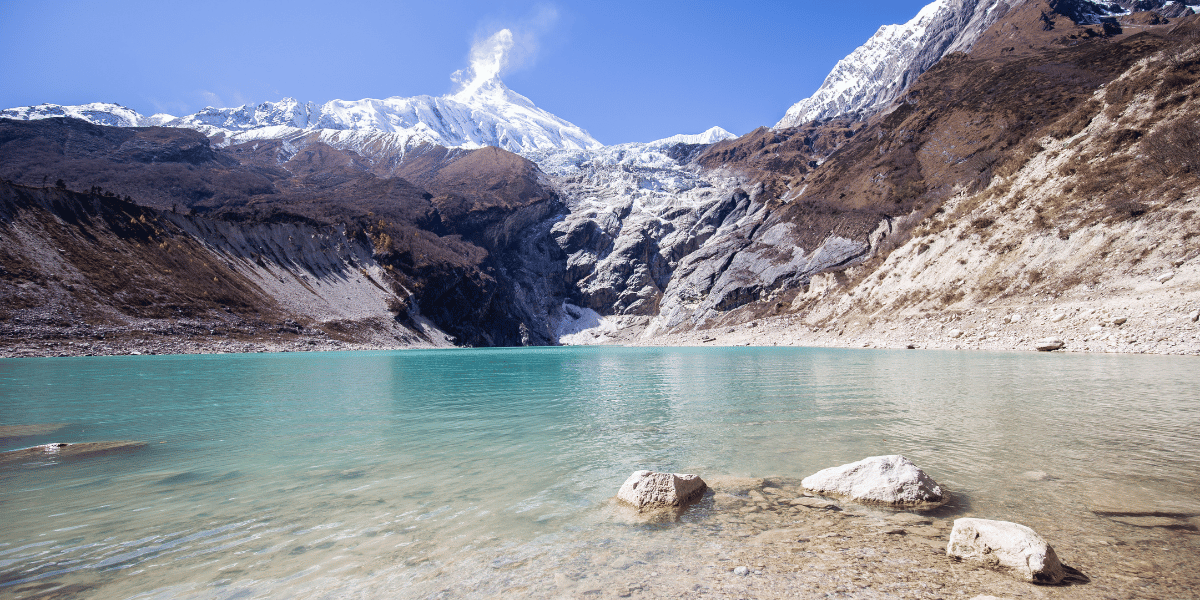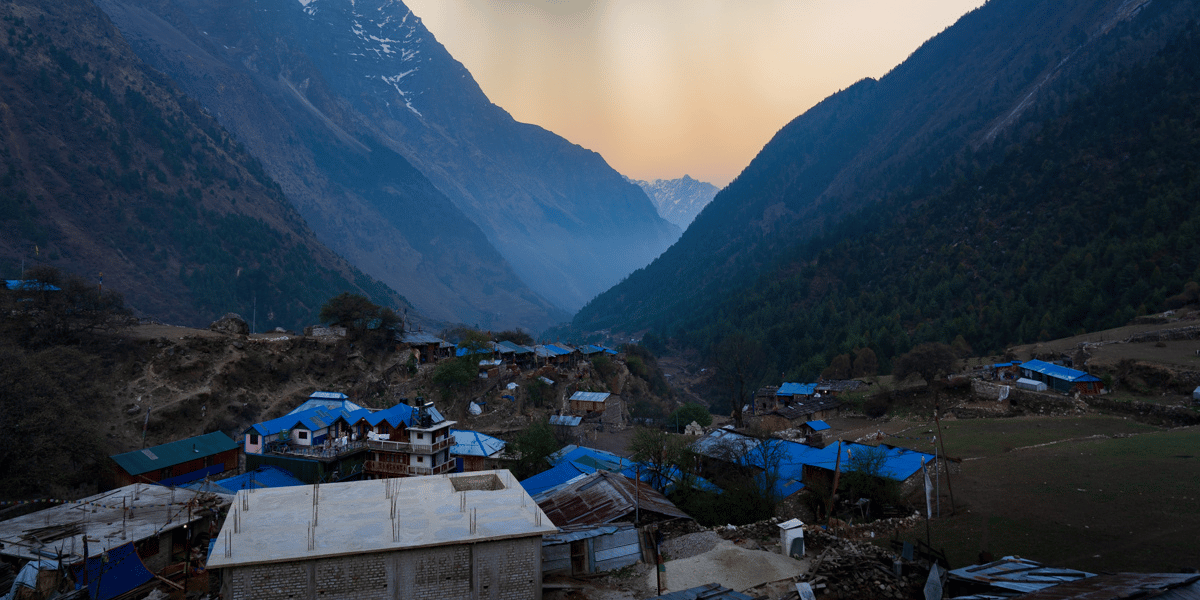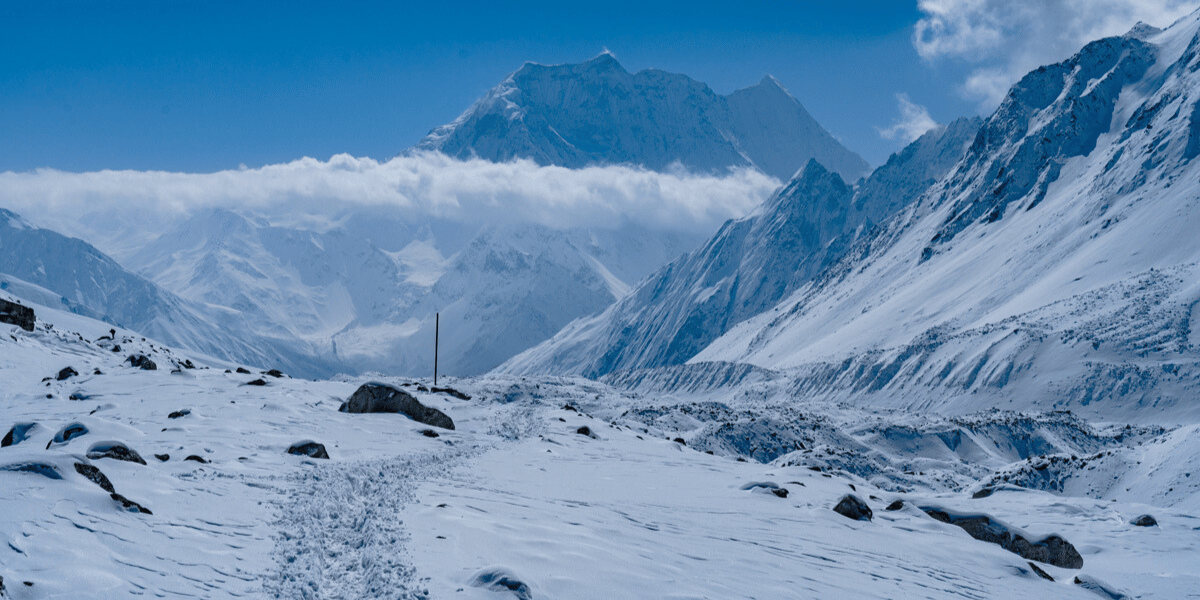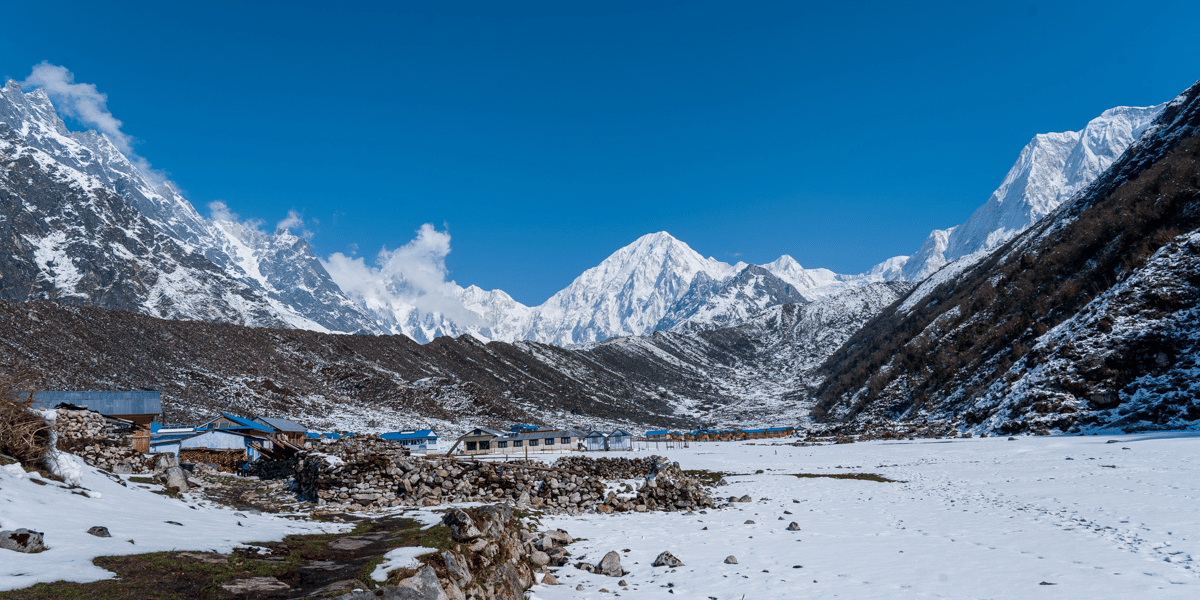The Manaslu Circuit Trek is an incredibly awe-inspiring adventure through the mesmerising Manaslu region. The surreal trekking trails and stunning mountains and landscapes that surround you will leave you captivated. The trek offers a mesmerising experience, immersing you in the beauty of nature and the richness of local culture. Along the way, you'll encounter a diverse range of wildlife and experience the wonders of biodiversity. You will be heading to the Manaslu region, which is home to the eighth highest mountain in the world, known as "Manaslu" or locally referred to as "Kutang." This trek is a 15-day adventure where you will journey through some of the most breathtaking trekking routes in the region. The trails seamlessly transition from lush green vegetation to awe-inspiring snow-capped mountains and surreal settlements. When you visit the Manaslu region of Nepal, you'll explore untamed nature and beautiful ancient cultures featuring the Buddhist religion. Throughout the trek, you will encounter incredible religious sites like Mani walls, gompas, and monasteries that showcase the stunning architecture and art of the region. This region is known for its tranquil walks and rich Buddhist culture, offering a unique and immersive experience.
During your trip, you will witness and experience some of the most breathtaking and awe-inspiring beauties in Nepal. Nepal possesses a diverse range of cultural and natural aspects that vary from region to region. One can discover the beauty of these places through different methods, such as sightseeing, scenic drives, and ultimately trekking. While you're in the city, you'll have the opportunity to go sightseeing and discover the nation's treasures. You'll gain insight into the history and rich art of the area. And when you go trekking, you'll have the chance to get close to nature and experience the scenic landscapes, witnessing the region's abundant biodiversity.
Kathmandu City
During the trip, you will explore the city area before initially starting your trek to the Manaslu Circuit. Kathmandu is a wonderful city with a beautiful blend of modern development and ancient beauty. Kathmandu is the capital of the country and is known by different names; one of them is ‘The City of Temples’. Kathmandu is home to a multitude of remarkable landmarks, many of which are recognised as UNESCO World Heritage sites. Here are some of the prominent attractions you should visit during your trip to Nepal:
Kathmandu Durbar Square, one of the royal palaces in Nepal, is located in the heart of Kathmandu. The royal palace in Nepal is breathtaking, located right in the centre of Kathmandu. The square is home to a diverse array of temples and architectural structures that have stood the test of time, displaying the timeless beauty that graces the landscape. Another one is Swayambhunath, situated atop a modest hill, often referred to as the 'Monkey Temple'. This religious site is dedicated to both Hindu and Buddhist religions, creating religious harmony. As it is located on top of a hill, you will get an amazing view of Kathmandu city along with a few mountain peaks on clear days. Next is Pashupatinath Temple, a revered Hindu temple dedicated to the deity Shiva. This Shiva temple holds immense significance globally, drawing in a multitude of devotees daily. The pilgrimage site was built during the Malla era, featuring Pagoda style architecture and a multitude of stunning architectural sites. Last but not least, Boudhanath Stupa is a religious site dedicated to Buddhism. This site holds great importance for Buddhist individuals due to its cultural and spiritual significance. This place is a magnet for thousands of visitors who come to pay respect. Many religious individuals are drawn to this place for its serene and spiritually significant atmosphere, finding it to be a source of spiritual fulfilment. The grand stupa is beautifully decorated with vibrant flags, representing a message of peace that transcends borders.
Villages en route to Manaslu Circuit
As you go on the journey, you will encounter a variety of landscapes, enchanting trails, and charming villages throughout your trek. The Manaslu region in Nepal is known for its unexplored trekking areas and sparse human settlements, setting it apart from other popular trekking regions in the country. There are a handful of settlements and villages that are brimming with beauty and rustic charm. These places have a rich cultural heritage, where people still embrace traditional methods in their day-to-day lives, creating a simple yet effective living experience. The villages are situated in picturesque locations, surrounded by snow-capped mountains and high hills, providing a majestic sight and a sense of tranquillity. Every day, you will be treated to a breathtaking view of nature and breathe in the crisp, refreshing air that surrounds you. In the village area, you will find small local lodges and tea houses that provide you with basic amenities such as good food, warm beds, and clean washrooms. Having access to these amenities in such a rural place is a comfort, and the location only adds to its appeal. There are some truly remarkable villages worth exploring, such as Lho Gau, Samagaun, and Samdo. The places also showcase their beautiful culture, which features Tibetan Buddhism. The locations are situated amidst breathtaking landscapes, with majestic mountains and lush alpine vegetation, creating a surreal atmosphere.
Larkya La Pass. [5,106m/16,929 ft]
During the trek, you will encounter a high trekking pass that reaches over 5,000m above sea level, as the trekking regions are situated at an average altitude of 3,000m to 4,000m. Throughout this trek, you will encounter a challenging trekking pass known as Larke La Pass.
The Larkya La Pass is located between Dharmasala and Bhimthang (Bhimphedi). Larkya La Pass is a renowned high trekking pass in Nepal. Also, it serves as the pinnacle of the Manaslu Circuit Trek. The Larkya La pass does not require any technical skills or climbing equipment to cross. Nevertheless, this region is known for its unpredictable storms, which can make trekking challenging. When it snows, crossing Larkya La Pass becomes even more challenging due to the slippery route. This pass is located at an impressive altitude of 5,106 metres, nestled in the breathtaking Manaslu region of Nepal. This pass is truly stunning, showcasing the breathtaking beauty of the trekking zone in the Himalayas of Nepal. This pass is well known for trekking in the Manaslu region, thanks to its stunning attributes. While it may not be overly challenging, it offers plenty of beauty to be appreciated.
What to expect?
The Manaslu Circuit Trek offers a captivating experience, showcasing a variety of landscapes, rich biodiversity, vibrant ethnic cultures, and fascinating traditions. Similarly, exploring this route offers breathtaking landscapes, picturesque countryside, and vibrant green forests. The view of the high glacier and Mount Manaslu is truly breathtaking. Additionally, you can witness the breathtaking beauty of the snow-covered mountains like Shringi Himal, Himlung, Cheo Peak, Gyagi Kung, Kang Koru, Annapurna II, and more during this trek. This trek is filled with awe-inspiring experiences as you traverse the trails that lead to stunning and picturesque destinations teeming with vibrant life and natural beauty.
During the trek, you'll experience serene trails with breathtaking views. You'll witness majestic mountains and stunning landscapes that showcase Nepal's rich biodiversity. As you venture further, you'll gradually notice shifts in topography, weather, and temperature. The region is known for its rich biodiversity and abundant wildlife, with the majority of the trail being covered in lush vegetation and open terrain. In addition to the natural beauty, numerous religious sites showcase the rich Buddhist landmarks. These include Mali Walls that lead to picturesque villages and ancient Gompas adorned with religious wall murals and legendary stories. The people in these regions are deeply religious and take their culture and traditions very seriously, which distinguishes these places from other regions. The people you will encounter during the trek are incredibly amiable and show a great deal of hospitality, enhancing your overall trekking experience. As you explore the villages, you will come upon a tranquil and breathtaking place that offers respite from the chaos of city life. It will refresh you and bring you closer to the simple beauty of nature.
This trek is known for its challenging nature, as it takes you through high-altitude terrain with limited facilities. It requires a significant amount of physical stamina, as you will need to walk for approximately 5-7 hours each day to reach your destination. In addition to the tiresome hike, you'll encounter an intimidating trekking pass that reaches an altitude of over 5000m. Crossing this pass during the trek can be quite a daunting task. The trek may be challenging, but the breathtaking views and unforgettable experiences make every step worthwhile. The sights you'll encounter along the way are truly remarkable. Throughout the trek, you will be accompanied by a professional trekking guide who will provide you with all the necessary information about the trekking region and guide you throughout the trail, ensuring that you make the most of the trek and stay safe.
The Manaslu Circuit Trek is highly regarded among trekkers worldwide, after the Everest and Annapurna regions. This trek will introduce you to the breathtaking nature and rich culture of Nepal, leaving you in awe and filled with satisfaction every single time. Every day, you will have the opportunity to closely explore the region and witness its incredible splendour. You'll walk through spectacular scenery that appears almost surreal, with snow-capped mountains surrounding you. During the trek, you will experience the breathtaking natural beauty, stay in charming settlements, conquer high-altitude trekking passes, face challenges, and be mesmerised by the awe-inspiring views, all while soaking yourself in the simple yet captivating charm of rustic places. Come and join us on an adventure to discover the majestic beauty of the Manaslu region, where snow-covered walls and suspended wonders await.
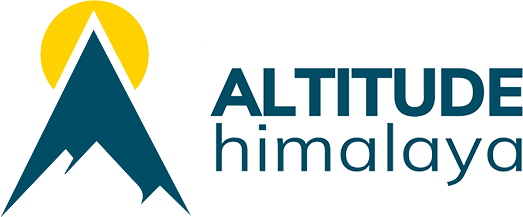

 Adventure
Adventure
 Couple
Couple
 Family
Family
 Luxury
Luxury
 Motorbike
Motorbike
 Photography
Photography
 Wildlife
Wildlife
 Yoga
Yoga
 Annapurna
Annapurna
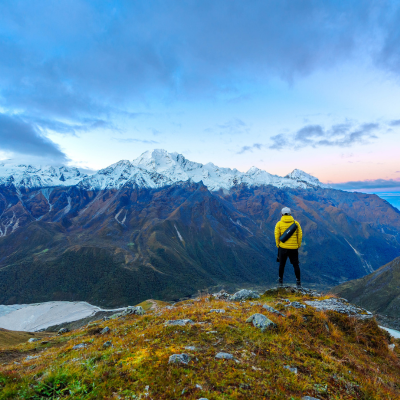 Langtang
Langtang
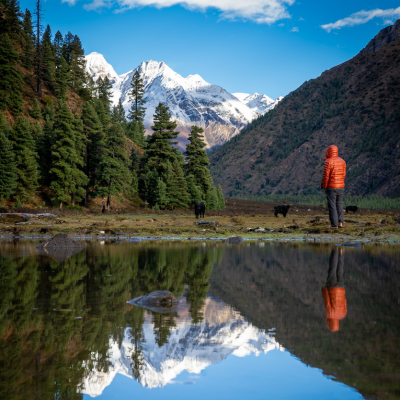 Dolpo
Dolpo
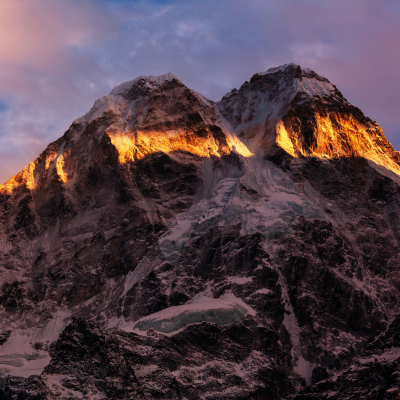 Eastern Nepal
Eastern Nepal
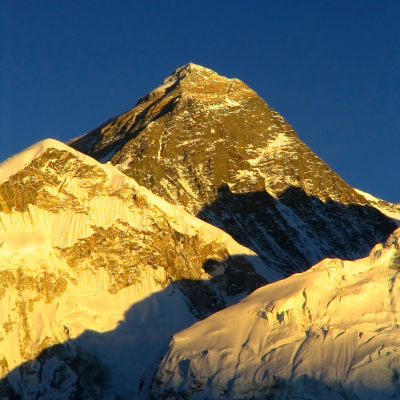 Everest
Everest
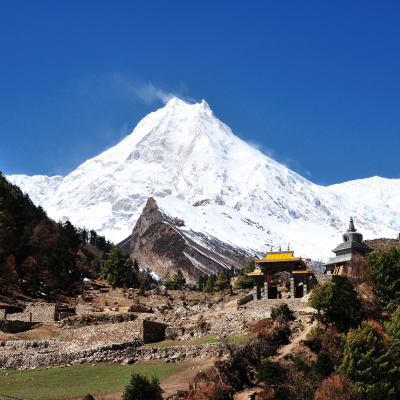 Manaslu
Manaslu
 Western Nepal
Western Nepal
